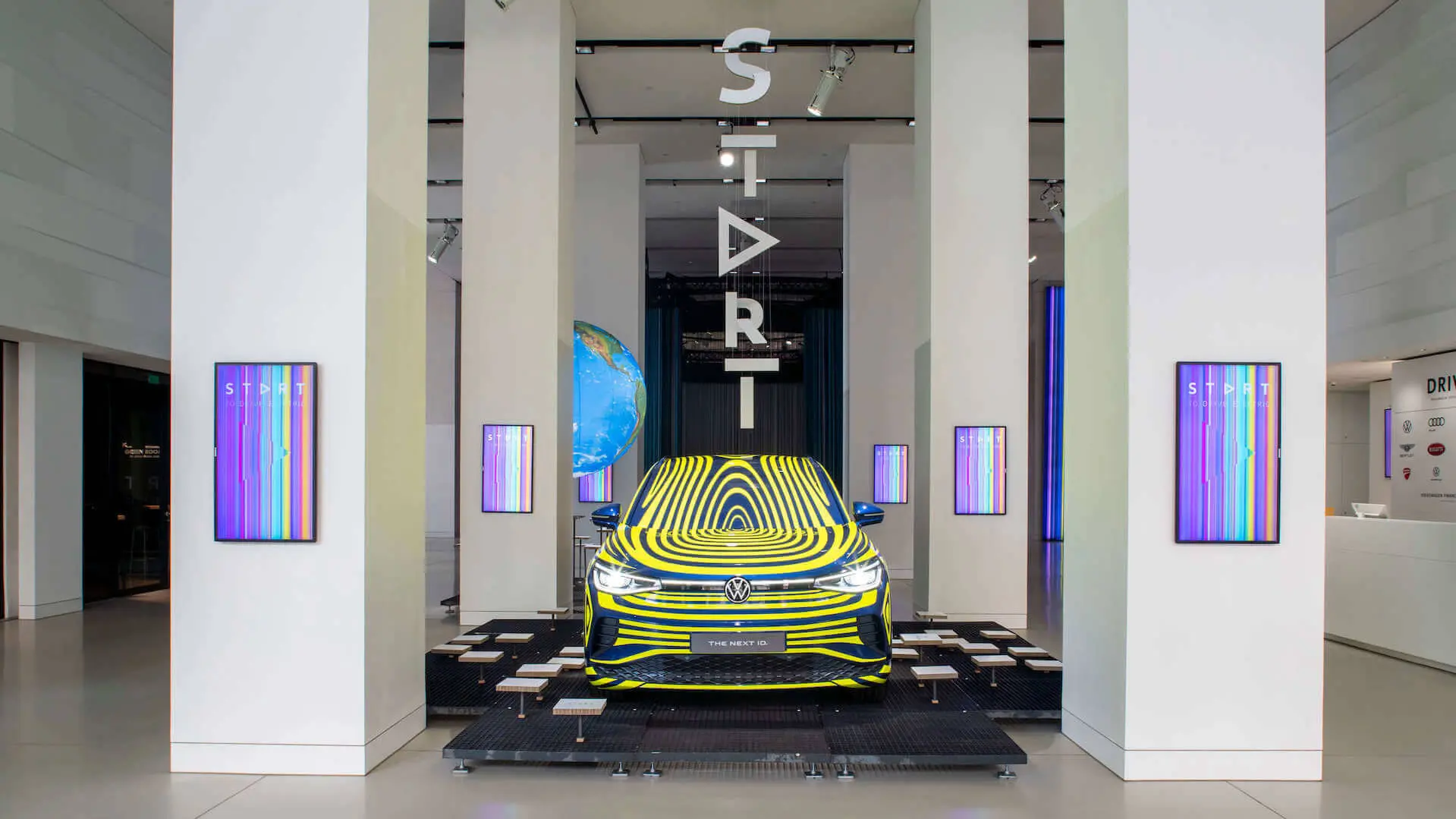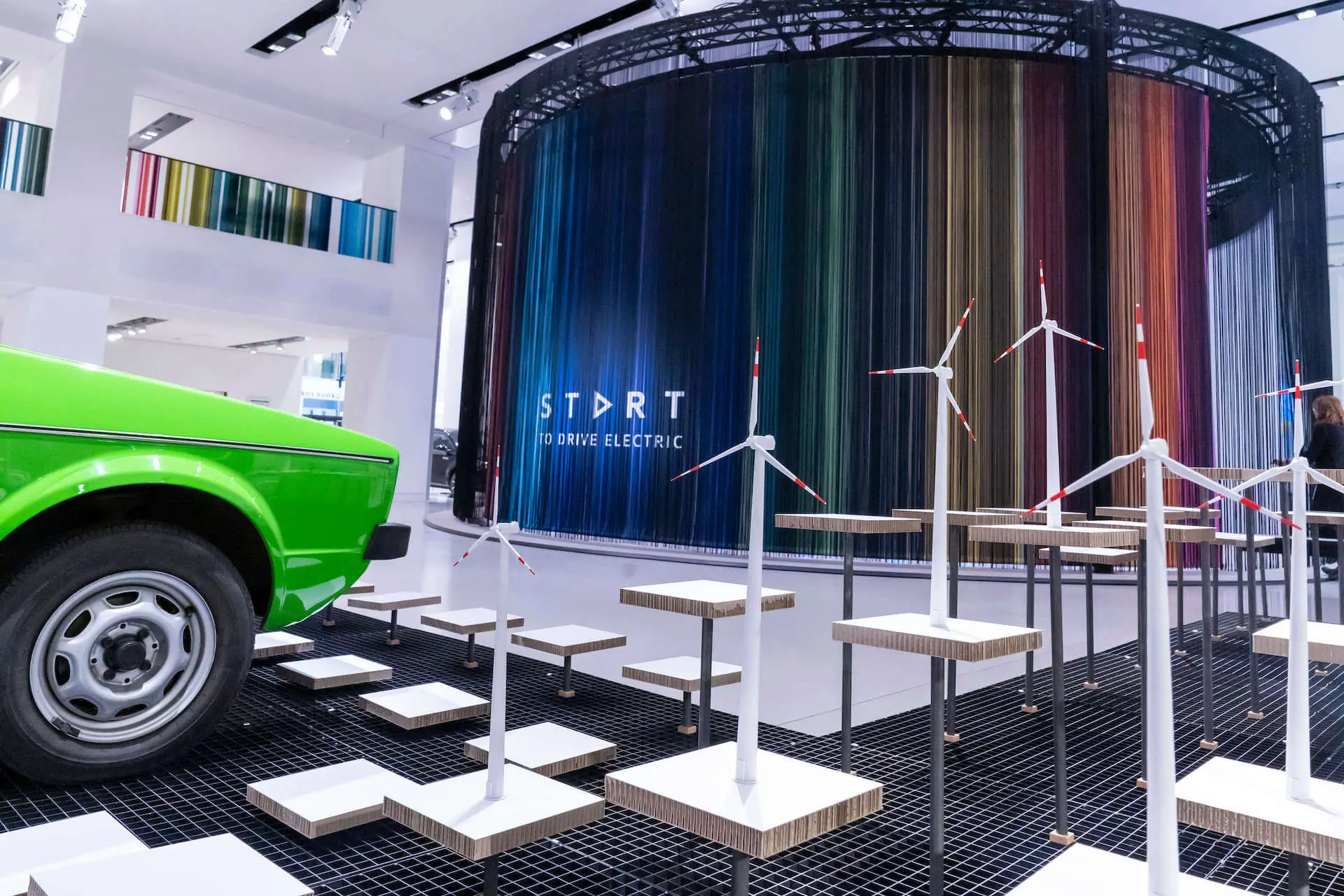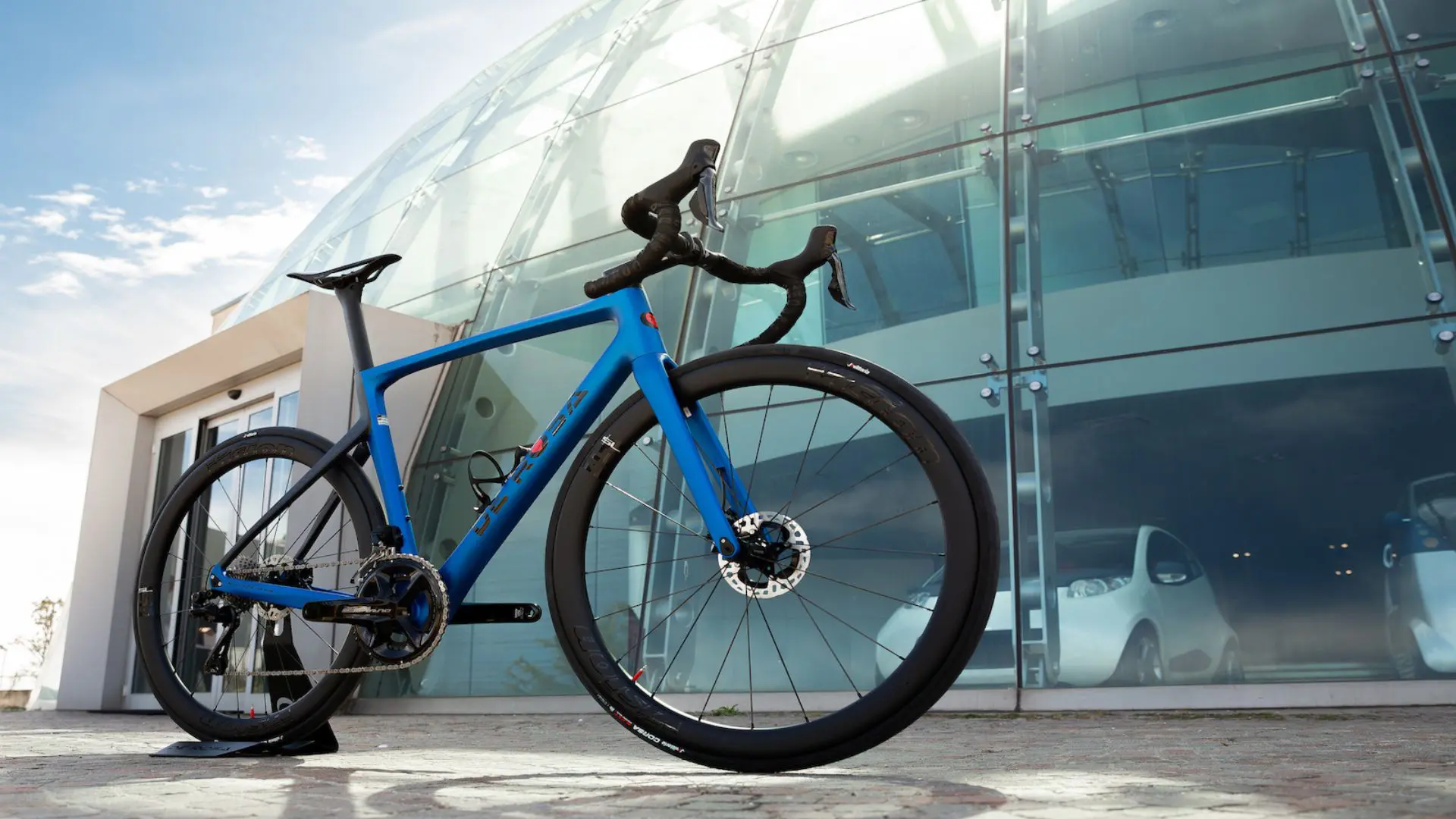Future of electric vehicles: a comprehensive guide to the development in e-mobility
As a commitment to the goals of the Paris Climate Change Agreement of 2015, the entire Volkswagen’s vehicle fleet will be transformed towards climate neutrality by 2050.

The Volkswagen virtual START TO DRIVE ELECTRIC exhibition at Drive explores the future of electric vehicles and is a comprehensive guide to the rapid developments in e-mobility.
The year 2020 marks the beginning of the large electric offensive for the Volkswagen Group. As a commitment to the goals of the Paris Climate Change Agreement of 2015, the entire vehicle fleet will be transformed towards climate neutrality by 2050.
The goal: to make individual mobility sustainable for current and future generations. From March 12, 2020, DRIVE will, therefore, be showing the “START TO DRIVE ELECTRIC” exhibition. The title of the exhibition is a core message and a challenge for visitors to get to know the new technology and try it out for themselves.
The Accelerator is the entry and the highlight of the exhibition: the walk-in 360° cinema approaches the topic of electromobility in an emotional way and guarantees a unique experience.

The exhibition answers legitimate questions about charging infrastructure and range, origin, processing, and recycling of raw materials are discussed in detail. New possibilities of automotive design are explained as well as the chances and limits of using sustainable materials.
But everything that is fun with the new technology is not neglected either: playful and exploratory topics like driving feel, design, and individual mobility. The exhibition also provides an understanding of how an electric vehicle works.
The group brands Audi, Porsche, Volkswagen, Seat, and Skoda each find their own place in the exhibition. START TO DRIVE ELECTRIC is transformative: over the exhibition period, various aspects relating to the mobility of the future will be added and updated.

START TO DRIVE ELECTRIC exhibition – overview
The ‘START TO DRIVE ELECTRIC’ exhibition in DRIVE is organized in several areas: “Start”, “Basics”, “Lifestyle” and “Technology”, which give visitors a playful and explorative way of explaining the new form of mobility. The design line with which the DRIVE presents the exhibits follows the principle of parametric modeling. This means that the visual staging depends on the size and shape of the exhibits. This allows the exhibits to come to the fore and relate them to one another.
The accelerator
The walk-in 360° cinema is the visual highlight of the exhibition. It approaches the topic of electromobility in an emotional and immersive world.
Volkswagen ID.3
The ID.3 is the first purely electric production vehicle from Volkswagen based on the Modular Electrical Kit (MEB) and the first representative of the ID. Family, the new model family from Volkswagen, which has been fully designed from the very first sketch to meet the requirements and possibilities of e-mobility. In addition, the ID.3 is the first car in the world with a neutral CO2 balance in production – including the battery.

MEB
The MEB is what is behind, or better, under the ID.3 and the new ID. Family is stuck. The modular electric drive kit (MEB) allows the compact integration of high-voltage batteries in the vehicle underbody. Thus, the MEB is the technical platform that makes the production of electric cars even more effective. The DRIVE shows a model of the MEB, which offers a detailed view of the fascinating technology up close.
Volkswagen Clay model
The clay model looks like the ID.3, but is made of plasticine. During the design phase, a clay model enables designers to check the digitally created vehicle shape in reality. Lines, surfaces, and details are refined on the clay model in order to achieve the desired aerodynamics and precision. Half of the model is covered with a special film that is based on a paint job. It enables the vehicle shape to be assessed under different lighting conditions.
Micromobility
For the brands of the Volkswagen Group, micro-mobility is the keyword for compact and emission-free means of transport for the last few kilometers. In its exhibition, DRIVE shows agile everyday companions who have the potential to change mobility behavior in the city in a sustainable manner – two small electric vehicles as market-ready products and an innovative prototype: the UMO e-scooter from Audi, the Streetmate e-scooter from Volkswagen and the electric cargo bike Cargo e-Bike from Volkswagen Commercial Vehicles.

The sound
With a sound installation, visitors gain sensual access to the topic of electromobility. In addition to the safety aspect at low speeds, the sound of an electric car is of further importance: Electric cars of the Volkswagen brand can be recognized by their sound. All ID. Models are equipped with a noise generator for speed ranges up to 30 km / h.
The light
Light plays a crucial role in the design of electric cars and therefore also occupies a special place in the exhibition. The headlight of the ID.3 not only illuminates the street, for example, but it also lets the vehicle communicate with us through interactive technologies.
The ‘START TO DRIVE ELECTRIC’ exhibition also shows another example of light as a futuristic means of expression, the “Automaton Hat”, an electronic headdress by the music group Jamiroquai. In the band’s music videos, this hood, modeled after the rare pangolin, responds impressively to music with light and movement.
IONITY charging station
IONITY, the joint project of the European auto industry with the participation of Volkswagen, is working on establishing a Europe-wide network of ultra-fast charging stations. Charging an electric car on these pillars takes no longer than the average break at a rest area. The quick charging station can be found on more and more European highways and motorways.

Elektro-Golf I
Electro-mobility has a long history at Volkswagen. Volkswagen demonstrated its expertise in this area in 1976 with the Elektro-Golf I. Against the background of the oil crisis, resourceful engineers electrified the then-current Golf I. With a power of 20 kW (27 hp) and a range of 70 kilometers, it reached up to 80 km / h. Series production did not take place, despite the innovative charging concept: one hour of parking and charging would have cost only 50 pfennigs. The exciting find is part of the exhibition at DRIVE today.
Virtual view of the Zwickau plant
With VR glasses, visitors take a tour through the production at the Volkswagen plant in Zwickau. The ID.3 is manufactured in the Saxon plant with a neutral CO2 balance. The first vehicle of the new generation of electric cars rolled off the assembly line here in November in the presence of Chancellor Angela Merkel and CEO Herbert Diess. The Zwickau location is currently being expanded to become the largest and most efficient e-car plant in Europe and is taking on a pioneering role in the transformation of Volkswagen’s global production network.

Carrera track with bicycle drive
With a Carrera track, the DRIVE raises the topics of sustainability and electric driving to a playful level: the drive for the car race track is generated by the visitors themselves. If the cars are to be driven, two people have to pedal. If the bicycles no longer generate electricity, the vehicles stop.










